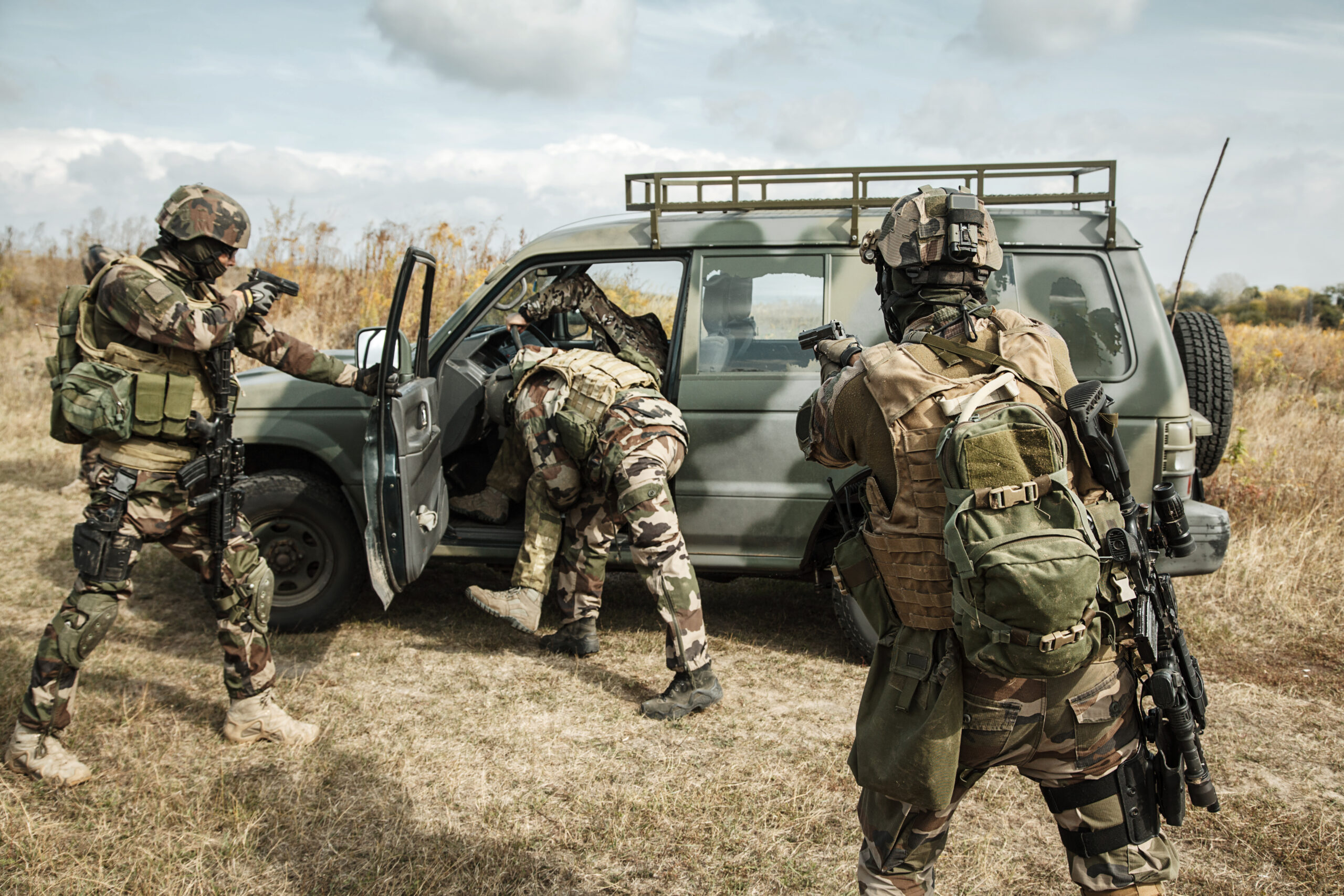Strategic Leadership in Chaos: Applying Military Operations Principles to Business Crises

In the face of high-stakes challenges, military operations have long served as the ultimate example of disciplined crisis management. Leaders in the armed forces operate in environments where lives, national security, and mission success hang in the balance. These high-pressure conditions demand clarity, speed, adaptability, and above all, composure. In many ways, the intensity of military operations mirrors the uncertainty that businesses face during times of crisis, albeit with different consequences. Yet the strategies used by military leaders offer business professionals a robust framework for navigating turbulence.
Clarity of Mission Amid Uncertainty
One of the cornerstones of military operations is a well-defined mission. No matter how complex the situation or how rapidly conditions change, military leaders ensure that every team member understands the objective. This clarity helps individuals prioritize tasks, align efforts, and adapt without losing focus. In a business context, especially during a crisis, confusion can spread quickly if leaders fail to communicate the organization’s priorities.
To avoid this, business leaders must craft and share a concise mission statement for the crisis at hand. This doesn’t mean reciting the company’s long-term vision, but rather articulating what success looks like in the moment. For example, during a data breach, the immediate mission might be to secure systems, restore functionality, and reassure stakeholders. Everyone—from executives to frontline employees—must understand and rally behind that immediate goal.
Without clarity of mission, teams waste time guessing or working at cross purposes. Military operations succeed because they cut through ambiguity and bring laser focus to the present challenge. Businesses can replicate that mindset by continually reinforcing goals as the crisis evolves.
Leadership Through Decentralized Execution
Military operations frequently operate in dynamic environments where central control is limited. For this reason, military leaders emphasize decentralized execution—empowering lower-level leaders to make decisions based on real-time conditions while staying aligned with the larger strategy. This trust-based approach not only speeds up response time but also fosters agility and accountability at every level.
During a business crisis, centralized decision-making often becomes a bottleneck. Waiting for top-down approvals delays action and demoralizes teams who are closer to the problem. By contrast, when companies adopt a decentralized model rooted in trust and training, teams can respond swiftly and effectively.
This approach requires clear intent from leadership and confidence in team competence. Military operations thrive on preparation and trust, and so should businesses. Giving teams room to maneuver while providing them with the necessary context and tools can dramatically increase an organization’s ability to respond under pressure.
Adaptability in the Fog of Crisis
One of the most valuable lessons from military operations is the concept of adaptability. The battlefield, like the business world, rarely unfolds according to plan. Conditions shift unexpectedly, and leaders must reassess, pivot, and act decisively without perfect information. This requires not only flexibility in strategy but also mental agility to embrace uncertainty without paralysis.
In a business crisis, leaders often fall into the trap of clinging to outdated plans or hoping that conditions will stabilize before they act. However, time lost can translate into lost revenue, damaged reputation, or even permanent closure. Borrowing from military playbooks, business leaders must build contingency into their planning and remain ready to change direction based on what’s unfolding in real time.
Flexibility does not mean a lack of discipline. Military operations demonstrate that structured, intentional flexibility—grounded in preparation and training—produces the best results. Businesses must adopt this same mindset to remain resilient when external conditions spiral out of control.
Communication as a Strategic Weapon
In military operations, communication can make the difference between mission success and failure. Leaders rely on precise, timely, and secure communication to keep teams aligned, adjust tactics, and respond to threats. Every soldier understands the importance of relaying accurate information quickly and without distortion.
This principle translates seamlessly to the business environment during a crisis. Internal teams must be informed and updated frequently to maintain cohesion. External stakeholders—customers, investors, media—require thoughtful, transparent messaging to preserve trust. Silence or miscommunication during critical moments creates a vacuum that breeds rumors, panic, and further complications.
To apply this military-grade approach, business leaders should communicate early and often, even if all the answers aren’t available. Acknowledging uncertainty while reinforcing progress and action builds confidence. The tone, timing, and content of communications can determine whether a crisis escalates or stabilizes.
Discipline and Training as the Foundation
Military operations don’t rely solely on instinct—they rely on rigorous training. Before crises occur, military units rehearse scenarios, develop muscle memory, and strengthen decision-making under duress. This preparation ensures that when chaos erupts, teams don’t freeze—they execute.
Businesses too often ignore this principle until it’s too late. Yet by investing in crisis simulations, tabletop exercises, and scenario planning, organizations can foster preparedness long before a real emergency hits. Employees learn how to respond, where to report, and what to expect, reducing panic and confusion. Training not only builds capability but also strengthens confidence, both individually and organizationally.
Companies that treat crisis readiness as a critical discipline—not an afterthought—are far more likely to weather storms. The muscle memory built through rehearsal mirrors the resilience demonstrated in successful military operations.
Turning Strategy Into Execution
Finally, military operations excel at turning high-level strategy into actionable execution. Orders are translated into clear steps, resources are mobilized efficiently, and progress is measured against defined outcomes. This structure eliminates guesswork and reinforces accountability at every tier.
Business leaders can take a similar approach by translating strategy into focused tasks with clear owners, timelines, and feedback loops. In a crisis, ambiguity is the enemy. Structure, even in the middle of uncertainty, becomes a stabilizing force. When everyone knows what to do, how to report, and when to escalate, confusion gives way to coordinated action.
Additional Information
- Blog
- Business leaders, crisis management, military playbooks
- Jim Feldkamp